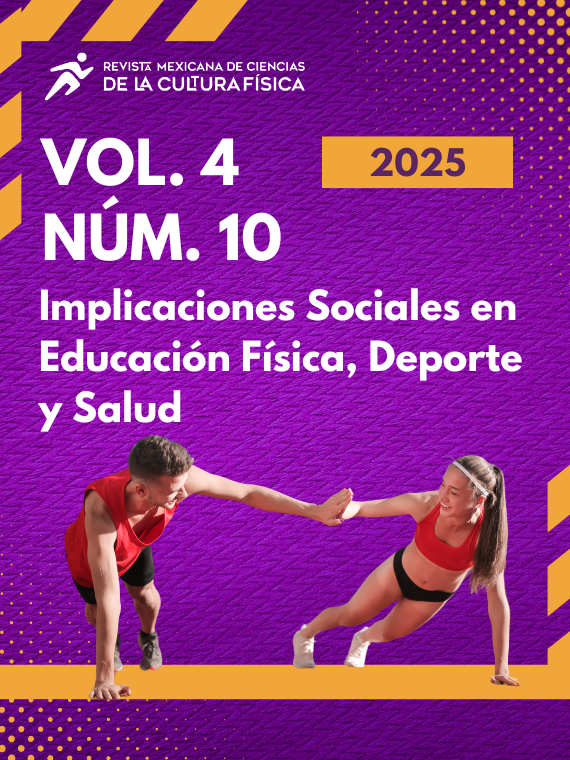Factorial invariance of a self-efficacy scale in physical health care among health university students
DOI:
https://doi.org/10.54167/rmccf.v4i10.1797Keywords:
Self-efficacy, factorial structure, factorial invariance, confirmatory factor analysis, health promotionAbstract
The aim of this study is to evaluate the psychometric properties of the Physical Health Care Self-Efficacy Scale in a sample of university students in the health field, as well as to complement the data obtained in the study by Ornelas et al. (2011). The research was conducted with 495 participants, of which 200 were women (M = 18.6 years, SD = 1.7) and 295 were men (M = 18.8 years, SD = 1.5). The three-factor structure proposed by Ornelas et al. (2011) (Nutrition, Physical Health, and Hydration) was confirmed through confirmatory factor analysis of the scale, with the results showing that it is adequate and consistent with the expected fit indices. On the other hand, the scale's accuracy was analyzed by gender using the factorial invariance analysis procedure, finding that the factorial structure, factor loadings, and intercepts do not show differences in measurement between men and women. However, significant differences were observed in the mean scores obtained in the Nutrition and Physical Health subscales, with higher scores for the male gender. According to the results, the scale is suitable for use with university students in the health field, and it also demonstrates that self-efficacy perception differs by gender. It is concluded that future research should explore the validity of this scale to strengthen its applications in educational and health promotion contexts.
Downloads
References
Abalo, J., Lévy, J., Rial, A. y Varela, J. (2006). Invarianza factorial con muestras múltiples. En J. Lévy (Ed.), Modelización con Estructuras de Covarianzas en Ciencias Sociales (pp. 259-278). Netbiblo. https://www.google.com.mx/books/edition/Modelizaci%C3%B3n_con_estructuras_de_covaria/WEfC1TGVJBgC?hl=es-419&gbpv=1&dq=Modelizaci%C3%B3n+con+Estructuras+de+Covarianzas+en+Ciencias+Sociales.+Temas+Esenciales,+Avanzados+y+Aportaciones+Especiales.+L%C3%A9vy,+J.P.+y+Varela,+J.&printsec=frontcover
Bandura, A. (1997). Self-efficacy: The exercise of control. Psychological Review, 84(2), 191-215 https://edisciplinas.usp.br/pluginfile.php/7953477/mod_resource/content/1/Self-Efficacy_%20The%20Exercise%20of%20Control.pdf
Barbierik, L., Bacikova-Sleskova, M. y Petrovova, V. (2023). The Role of Social Appearance Comparison in Body Dissatisfaction of Adolescent Boys and Girls. Eur J Psychol, 19(3), 244-258. https://doi.org/10.5964/ejop.6443
Blanco, H., Ornelas, M., Tristán, J. L., Cocca, A., Mayorga-Vega, D., López-Walle, J. y Viciana, J. (2013). Editor for creating and applying computerise surveys. Procedia Social and Behavioral Sciences, 106, 935-940. https://doi.org/http://dx.doi.org/10.1016/j.sbspro.2013.12.105
Byrne, B. M. (2016). Structural Equation Modeling With AMOS: Basic Concepts, Applications, and Programming (3a ed.). Routledge. . https://www.researchgate.net/publication/361909378_Structural_Equation_Modeling_With_AMOS
Chen, F. (2007). Sensitivity of Goodness of Fit Indexes to Lack of Measurement Invariance. Structural Equation Modeling, 14, 464-504. https://doi.org/10.1080/10705510701301834
Cheung, G. W. y Rensvold, R. B. (2002). Evaluating goodness-of-fit indexes for testing measurement invariance. Structural Equation Modeling, 9(2), 233-255. https://doi.org/10.1207/s15328007SEM0902_5
Fietje, N. (2017). The cultural contexts of gender stereotypes and health promotion: the use of narrative and culture-centred approaches: Nils Fietje. European Journal of Public Health, 27(suppl_3), ckx187.019. https://doi.org/10.1093/eurpub/ckx187.019 https://doi.org/10.1093/eurpub/ckx187.019
Gelabert, E., García-Esteve, L., Martín-Santos, R., Gutiérrez, F., Torres, A. y Subirà, S. (2011). Psychometric properties of the Spanish version of the Frost Multidimensional Perfectionism Scale in women. Psicothema, 23(1), 133-139 https://www.redalyc.org/pdf/727/72717207021.pdf
Hyde, J. (2013). Gender Similarities and Differences. Annual review of psychology, 65. https://doi.org/10.1146/annurev-psych-010213-115057
Jiménez Boraita, R., Gargallo, E., Dalmau, J. y Arriscado, D. (2020). Gender Differences Relating to Lifestyle Habits and Health-Related Quality of Life of Adolescents. Child Indicators Research, 13. https://doi.org/10.1007/s12187-020-09728-6
Liou, D. y Kulik, L. (2020). Self-efficacy and psychosocial considerations of obesity risk reduction behaviors in young adult white Americans. PLOS ONE, 15(6), e0235219. https://doi.org/10.1371/journal.pone.0235219
Lippke, S., Fischer, M. A. y Ratz, T. (2021). Physical Activity, Loneliness, and Meaning of Friendship in Young Individuals - A Mixed-Methods Investigation Prior to and During the COVID-19 Pandemic With Three Cross-Sectional Studies. Front Psychol, 12, 617267. https://doi.org/10.3389/fpsyg.2021.617267
López-Nuevo, C. E., Sanchez Molina, J. y Diaz Ureña, G. (2021). Adherencia a hábitos saludables y Rendimiento Académico en estudiantes de Formación Profesional (Adherence to healthy habits and academic performance in Vocational Education Students). Retos, 42(0), 118-125. https://doi.org/10.47197/retos.v42i0.87138 https://recyt.fecyt.es/index.php/retos/article/view/87138
Luthans, F. y Youssef-Morgan, C. (2017). Psychological Capital: An Evidence-Based Positive Approach. Annual Review of Organizational Psychology and Organizational Behavior, 4. https://doi.org/10.1146/annurev-orgpsych-032516-113324
Marentes-Castillo, M., Castillo, I., Tomás, I. y Álvarez, O. (2024). Interest and Perseverance Are Not Enough to Be Physically Active: The Importance of Self-Efficacy toward Healthy Eating and Healthy Weight to Move More in Adolescents. sports, 12(2), 1-10. https://doi.org/10.3390/sports12020041
Nogueira, S. y Risotto, M. (2023). Propiedades psicométricas de la Escala de Autoeficacia para el Rendimiento Académico en estudiantes universitarios. Interdisciplinaria. Revista de Psicología y Ciencias Afines, 40. https://doi.org/10.16888/interd.2023.40.2.11
Organización Mundial de la Salud (2021). La salud mental de los adolescentes. Recuperado de https://www.who.int/es/news-room/fact-sheets/detail/adolescent-mental-health
Organización Mundial de la Salud (2022). La OMS subraya la urgencia de transformar la salud mental y los cuidados conexos. Recuperado de https://www.who.int/es/news/item/17-06-2022-who-highlights-urgent-need-to-transform-mental-health-and-mental-health-care
Ornelas, M., Blanco, H., Rodríguez, J. M. y Flores, F. J. (2011). Análisis psicométrico de la escala autoeficacia en conductas de cuidado de la salud física en universitarios de primer ingreso. Formación Universitaria, 4(6), 21-34. https://doi.org/10.4067/S0718-50062011000600004
Palacios, J. (2016). Estudio comparativo de la autoeficacia saludable en las conductas alimenticias de riesgo en jovenes. Psicología Iberoamericana, 24, 17-25 https://psicologiaiberoamericana.ibero.mx/index.php/psicologia/article/download/84/215?inline=1
Pascual, S., Blanco, A. y Torre, J. (2018). Autoeficacia en reanimación cardiopulmonar (RCP) básica y avanzada: diseño y validación de una escala. Educación Médica, 20. https://doi.org/10.1016/j.edumed.2018.05.002
Putnick, D. L. y Bornstein, M. H. (2016). Measurement Invariance Conventions and Reporting: The State of the Art and Future Directions for Psychological Research. Dev Rev, 41, 71-90. https://doi.org/10.1016/j.dr.2016.06.004
Revelle, W. y Zinbarg, R. E. (2009). Coefficients alpha, beta, omega and the glb: comments on Sijtsma. Psychometrika, 74(1), 145-154. https://doi.org/10.1007/s11336-008-9102-z
Rivera de Ramones, E. (2023). Hábitos alimentarios y de vida en estudiantes del programa Samuel Robinson. Universidad Central de Venezuela. Anales Venezolanos de Nutrición, 36, 67-75. https://doi.org/10.54624/2023.36.2.003
Thompson, B. (2004). Exploratory and Confirmatory Factor Analysis. Understanding concepts and applications. . American Psychological Association. https://psycnet.apa.org/fulltext/2004-13115-000-FRM.pdf
Tiggemann, M. y Slater, A. (2013). NetGirls: the Internet, Facebook, and body image concern in adolescent girls. Int J Eat Disord, 46(6), 630-633. https://doi.org/10.1002/eat.22141
Vandenberg, R. J. y Lance, C. E. (2000). A Review and Synthesis of the Measurement Invariance Literature: Suggestions, Practices, and Recommendations for Organizational Research. Organizational Research Methods, 3(1), 4-70. https://doi.org/10.1177/109442810031002 https://journals.sagepub.com/doi/abs/10.1177/109442810031002
Downloads
Published
How to Cite
-
Abstract69
-
PDF (Español)36
Issue
Section
License
Copyright (c) 2025 Carlos Javier Ortiz Rodríguez, Ana Citlali Diaz Leal, Luis Humberto Blanco Ornelas, Mario Daniel Muñoz Villalobos, Juan Cristóbal Barrón Luján

This work is licensed under a Creative Commons Attribution-NonCommercial 4.0 International License.













